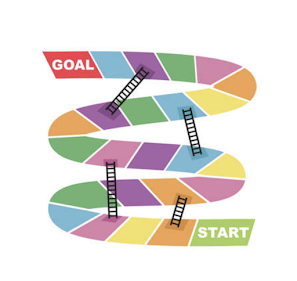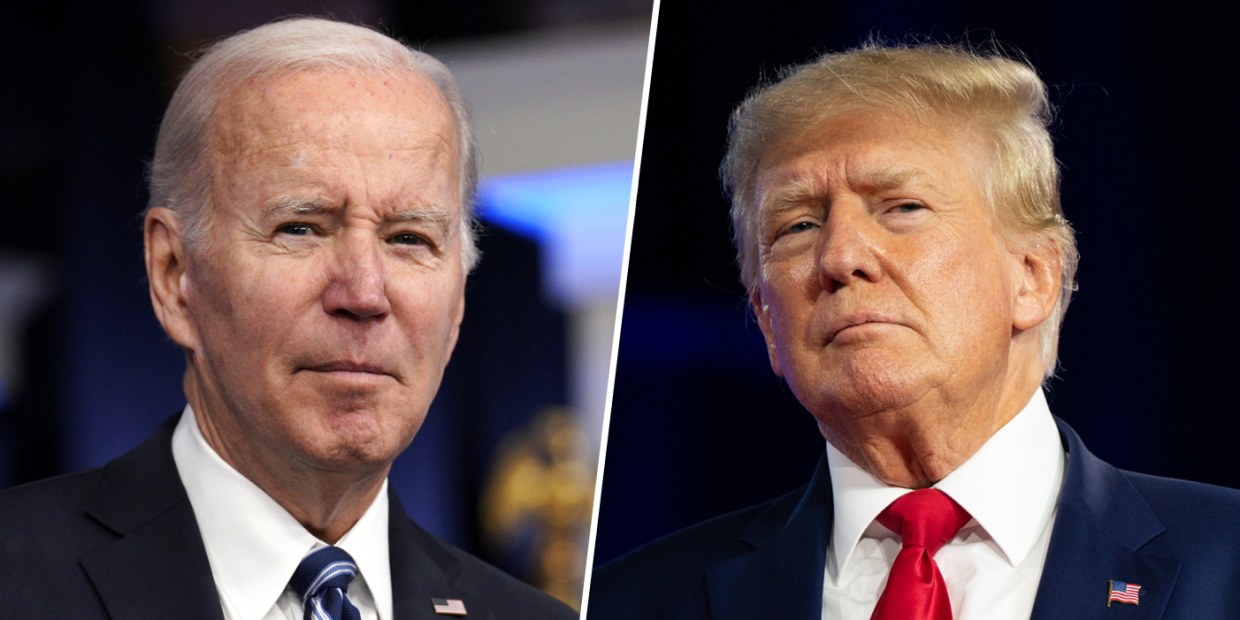Confirmation bias is a common issue that is seen very often in everyday life. According to the online Google definition, “confirmation bias is the tendency to interpret new evidence as confirmation of one’s existing theories or beliefs.” There are many factors to confirmation bias, especially in journalism. However, some of the most important things to understand about confirmation bias are its effects, what causes it, and how to minimize it.
The effects of confirmation bias are broad, however, there are certain effects of confirmation bias that we see in the newsroom. Confirmation bias can influence a reporter’s assessment of whether a story is worth pitching to an editor as well as the editor’s decision to release the story being pitched. Not only this, but confirmation bias can affect an editor’s decision to assign certain stories to one reporter as opposed to another. This becomes problematic as biases end up laced in news articles, hindering journalists from doing their number one job, telling the truth.
Confirmation bias can lead to poor decisions because it distorts our reality and causes people to gather limited evidence. A negative aspect of this is that when people draw conclusions from pre-confirmed notions that information is more likely to be false compared to evidence gained objectively. Confirmation bias can also lead to social divides and stalled-policy making as we favor information that confirms our beliefs and ignores the critical information that sees things from a different angle.
The cause of confirmation bias usually comes from subconscious prejudice in our minds. However, there has been an ongoing debate that confirmation bias could also be the result of heuristics. A heuristic is a cognitive shortcut. This has been an ongoing debate because a heuristic is used intentionally rather than subconsciously.
Confirmation bias is motivated by wishful thinking and is also common in cases of anxiety. Anxious individuals see the world as dangerous. A good example of this is when people with low-self esteem look for constant signs that a person doesn’t like them while having a conversation with that person. This is biased as the anxious individual is only paying attention to negative information about the other person’s behavior as opposed to neutral actions they could be missing.
A common instance of confirmation bias is during presidential elections. During elections, people tend to seek out information that makes the candidate they support seem like the better option while ignoring all negative information they might come across.
To give a recent example, people believe that the latest election between President Joe Biden and Donald Trump was rigged in terms of votes. Although since this election, there has been information to come out providing evidence against a rigged election, many people in support of Donald Trump still believe that the election was rigged.
On the other side of this debate, people who support Biden refuse to believe that the voting system could have been corrupted although there has also been information released suggesting that foul play might have been present during the voting process. Either way, this debate is still heavily discussed and although everyone has their own beliefs as to what they think happened, it’s especially difficult to put political views to the side and look at an instance like this objectively and without confirmation bias.
Now, one of the most important things to take away from confirmation bias is that even though it would be impossible to eliminate bias completely, there are ways to minimize it. The three steps to minimizing confirmation bias are to establish a process, become aware of your biases, and pay attention to how you feel.
In terms of establishing a process, to do this you must first identify the problem you’re trying to solve. Then, you must establish the criteria that will be important in solving this problem and whether you are fit or not to make a judgment on this issue given the potential biases that could arise.
Next, you must weigh the criteria objectively and decide what information is the most important in terms of relevance, not pre-existing prejudice and opinions.
Following this step, it’s important to become aware of your biases. To do this, you must know that despite the biases you already have, you’ll never be able to completely get rid of bias. The important thing to do is to look at the information you’ve gathered in terms of validity and truth.
In journalism, journalists must go through this process constantly.
Journalists have to put out stories that are geared towards the public in a way that publishes the truth and only vital information aside from personal opinion. This step is not unlike the job of a journalist, to be aware of bias, people must think in terms of the people rather than just in terms of what they think as an individual. To do this, people must be able to not only see the things they already believe but also play Devil’s advocate for themselves to report on both sides of the issue.
In the final step of this process, a person must pay attention to how they feel. Oftentimes, people think that their emotions cloud their judgment and get in the way of proper thinking, however, this is not entirely true. Experiencing emotions while making a decision can prompt attention, memory, and creativity. However, in order for your emotions to help rather than harm your decision-making, you must not only monitor your emotions but also recognize when they could be causing the intrusion of biases.



:format(webp)/cdn.vox-cdn.com/uploads/chorus_image/image/45658918/shutterstock_231395722.0.0.jpg)
No comments:
Post a Comment